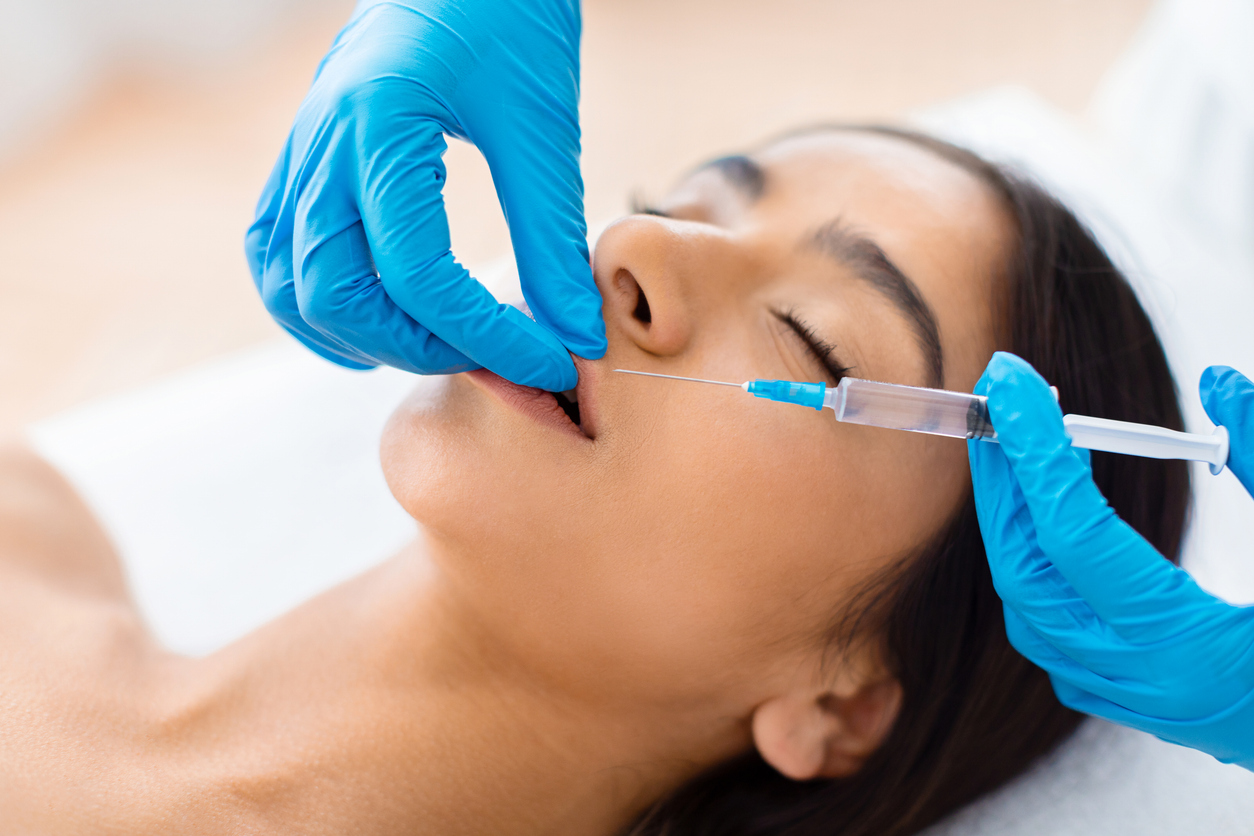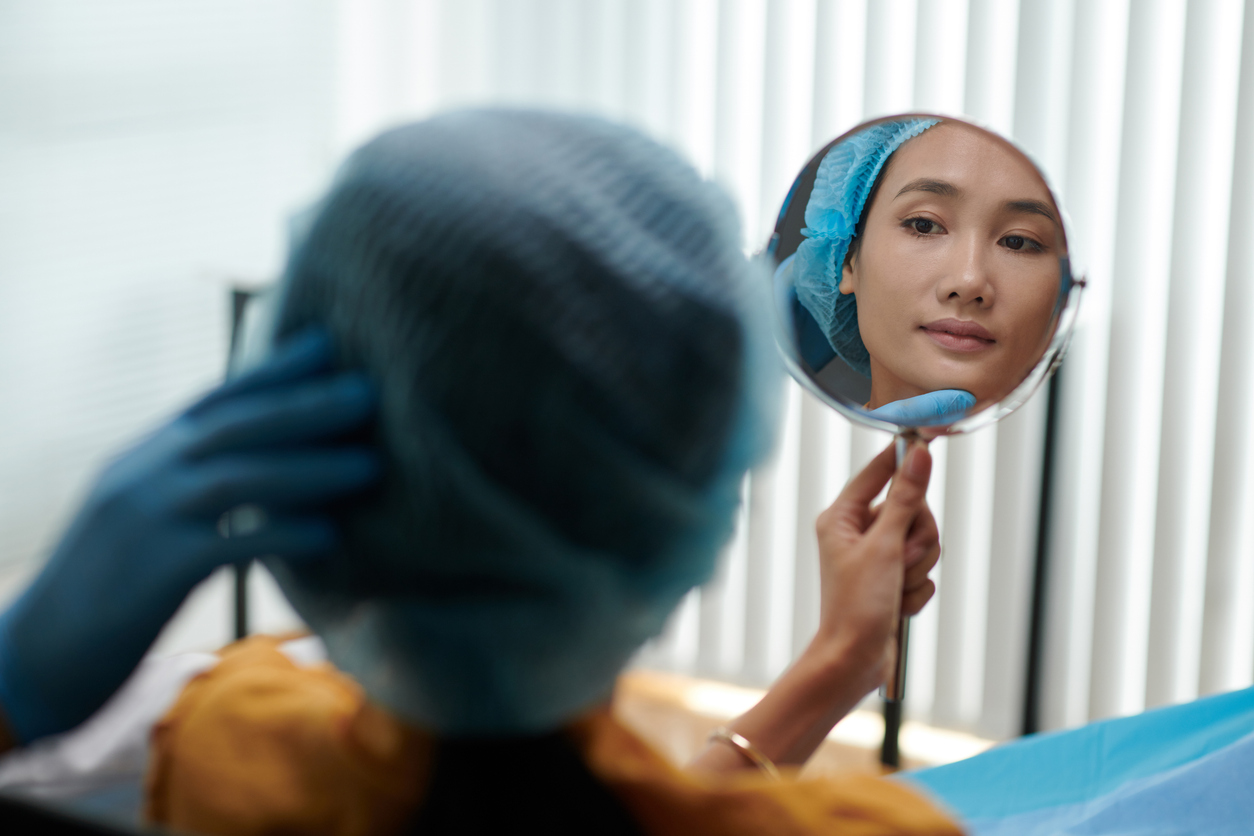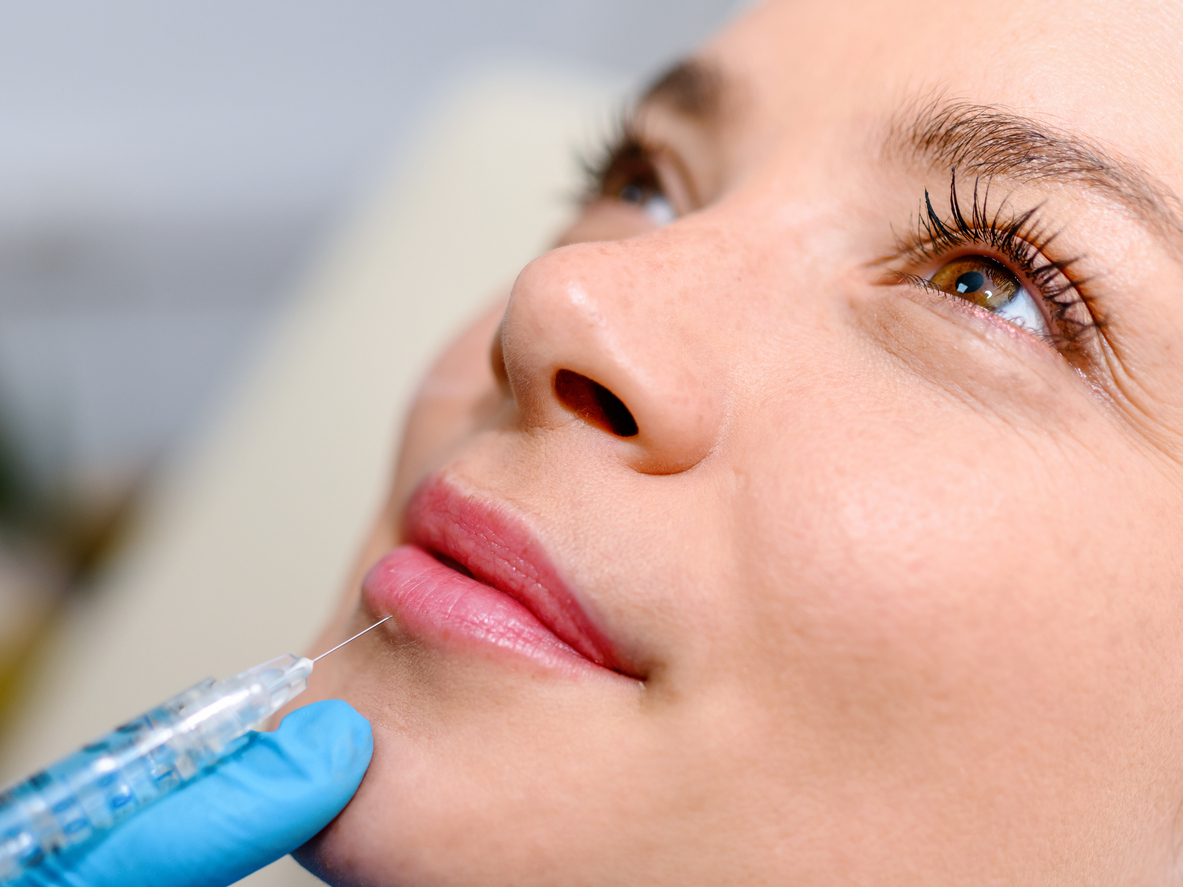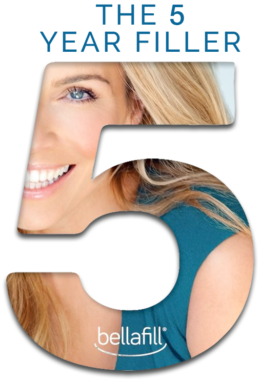Lip augmentation is one of the most popular cosmetic treatments out there. Just look around…
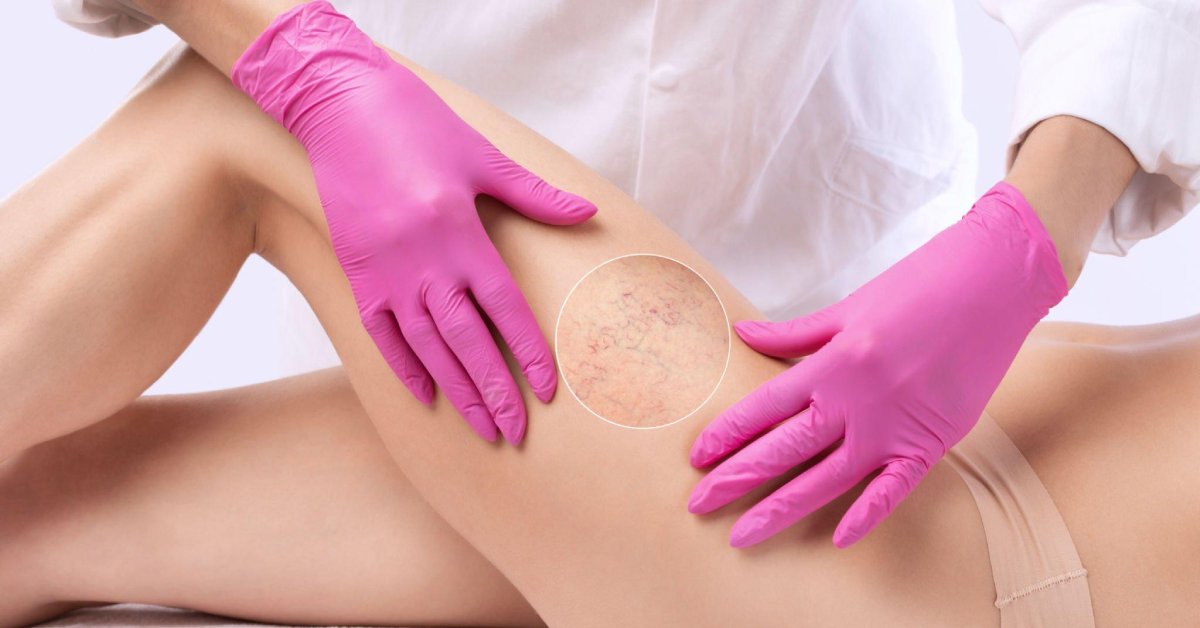
Leg Vein Treatment: Your Options for Addressing Varicose Veins
One in five adults in the U.S. has varicose veins, and almost everyone has a spider vein or two. But what exactly are these and what can you do to treat them?
What are varicose veins?
Varicose veins are damaged veins that appear as bumpy discolorations on the skin. More commonly found in the legs, varicose veins can develop anywhere in the body. Varicose veins are not considered a serious medical condition, but they can feel uncomfortable and lead to more severe problems.
You may develop varicose veins when you experience increased blood pressure in the veins, which carry blood from your heart.
Arteries carry oxygen and nutrient-rich blood from the heart to the rest of the body. The cells then use oxygen and nutrients to perform various functions in the body, which create byproducts and toxins. The veins carry this toxin-rich blood back to the heart.
One-way valves in the veins help move the blood back up to the heart. But as you grow older, valves experience wear and tear and stop functioning properly. The veins also become less elastic over time. As a result, blood may not travel along the veins as well, causing it to reflux and accumulate.
Once blood accumulates, the veins bloat and twist, resulting in varicose veins. And because of gravity, blood usually accumulates in the lower extremities, which is why you can usually find varicose veins in the legs.
The Effects of Varicose Veins
Varicose veins typically do not cause pain. Veins simply appear purple or blue and form a noticeable bulge on the skin. However, severe varicose veins may cause more painful symptoms, such as:
- Heavy, aching feeling in the legs or area where the varicose veins appear
- Muscle cramping, throbbing, or swelling
- Increased pain after sitting or standing for a long time
What are spider veins?
Spider veins are similar to varicose veins, but the veins are thinner. They are called spider veins because the thin lines of dark blue, purple, or red veins visible through the skin look like spiderwebs or branches. Like varicose veins, spider veins do not pose serious harm to your health.
The Appearance of Varicose and Spider Veins
Once varicose or spider veins appear, they do not “heal” or go away on their own. And because they are not particularly harmful, you may choose to leave them as is. However, some people may want to treat them if they experience discomfort, or for cosmetic reasons.
Varicose and Spider Veins Treatment Options
You can try several treatments for varicose and spider veins. For large varicose veins that are causing other complications, your doctor might perform different forms of surgery, such as:
- Vein Stripping – Varicose vein stripping is a surgical procedure that removes or ties off the superficial saphenous vein in the leg, which is what is most commonly damaged and causes varicose veins.
- Microphlebectomy – This mini surgical treatment removes varicose veins through small incisions in your skin.
If your varicose vein problems are not severe, you can get rid of them without surgery. Some of the non-invasive procedures you can try include:
- Leg elevation – If you have mild varicose or spider veins, elevating your legs can reduce swelling and relieve other symptoms. This requires you to lift your feet above the level of your heart for 15 minutes, 3 to 4 times a day.
- Compression stockings – Compression socks or stockings place pressure on the veins on your leg. This can help improve blood flow and prevent further varicose or spider veins from developing.
- Sclerotherapy – This procedure involves injecting a chemical solution, known as an irritant, directly into the affected veins. The solution will cause the vein to scar, which forces blood to move toward healthier veins. The damaged vein will then shrink and the appearance of varicose or spider veins vanishes.
- Laser treatment – Even less invasive than sclerotherapy, laser treatment uses a strong, focused beam of light aimed toward spider veins. The laser causes the damaged veins to clot and dry up.
Risk Factors for Varicose and Spider Veins
Varicose veins can be inherited, so if you have plenty of relatives with this condition, you may expect to develop varicose veins, too. However, the main culprit is increased pressure on the veins. Some of the factors that increase pressure include:
- Old age
- Obesity
- Sedentary lifestyle
- Pregnancy
- Leg injury
- Smoking
- Taking oral contraceptives
While varicose veins can affect people of any gender, women are twice as likely as men to develop varicose veins.
As stated above, pregnancy and taking oral contraceptives are things that increase pressure on the veins. Since women are the ones who get pregnant and take hormonal medications like birth control pills, they are more susceptible to developing varicose or spider veins.
Preventing Varicose and Spider Veins
Some of the reasons you may develop varicose and spider veins are beyond your control, such as getting older or inheriting the condition from your family. You may also not be able to prevent them when you are pregnant.
But there are steps you can take to prevent new varicose veins from forming or prevent existing ones from getting worse.
- Maintaining a moderate weight – If you are not overweight, there is less pressure on your veins, and your blood will flow well.
- Staying active – Being immobile, like sitting or standing for excessive periods, puts pressure on the veins in your lower extremities.
- Wearing loose clothing – Clothes that are loose around your waist, pelvis, and legs will not constrict the flow of blood.
- Elevating the legs – You can prevent blood from pooling in the legs when you make it a habit to raise your legs above your heart level while sitting or lying down.
Experience Pain-Free Varicose Vein Treatment
Vargas Face & Skin Center offers different non-invasive procedures for varicose and spider veins. Our leg vein treatment includes sclerotherapy and advanced laser treatment that will effectively relieve you of unwanted varicose veins in the legs.
If you have varicose or spider veins you want to address, schedule a consultation with us today.

